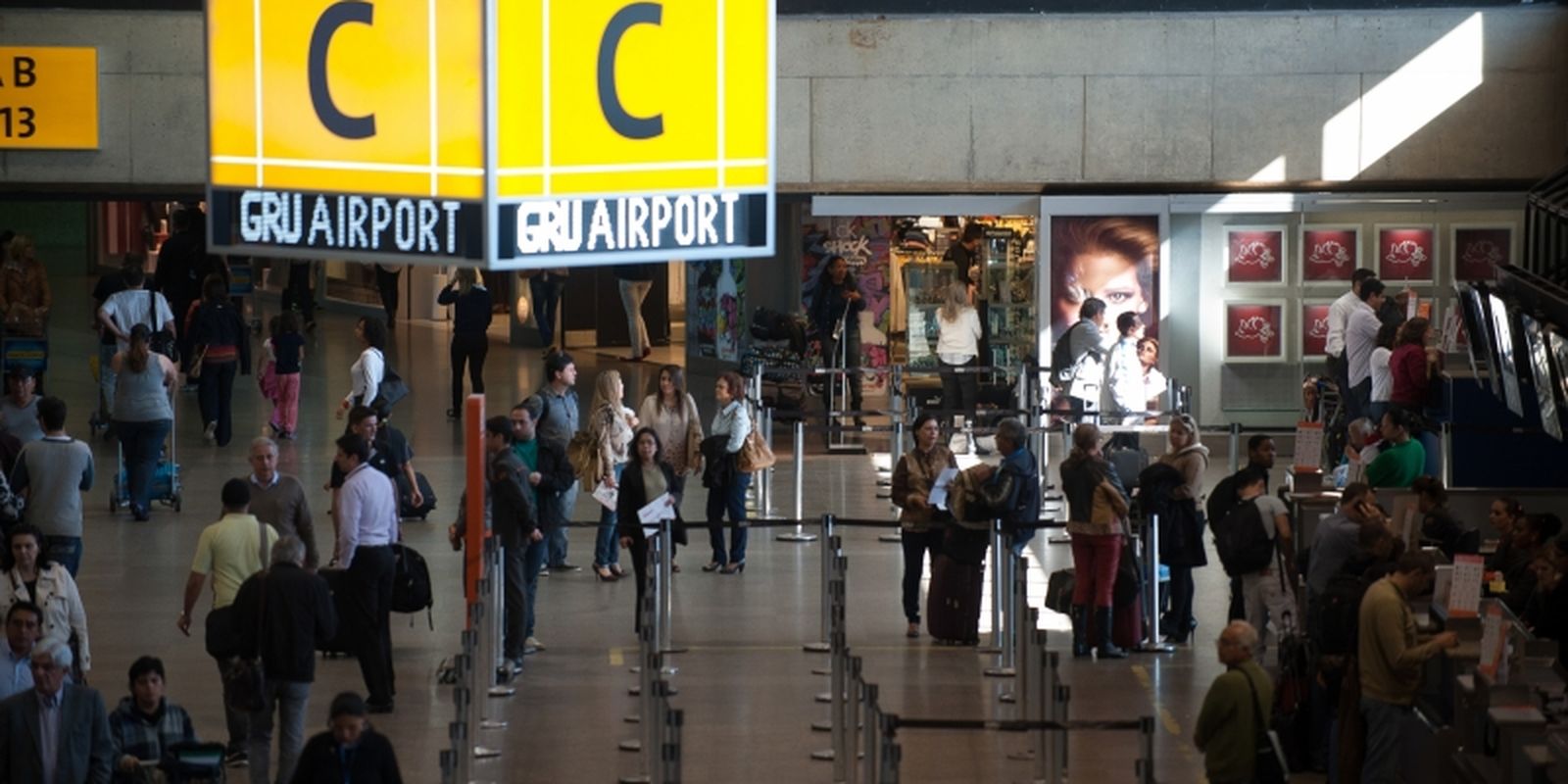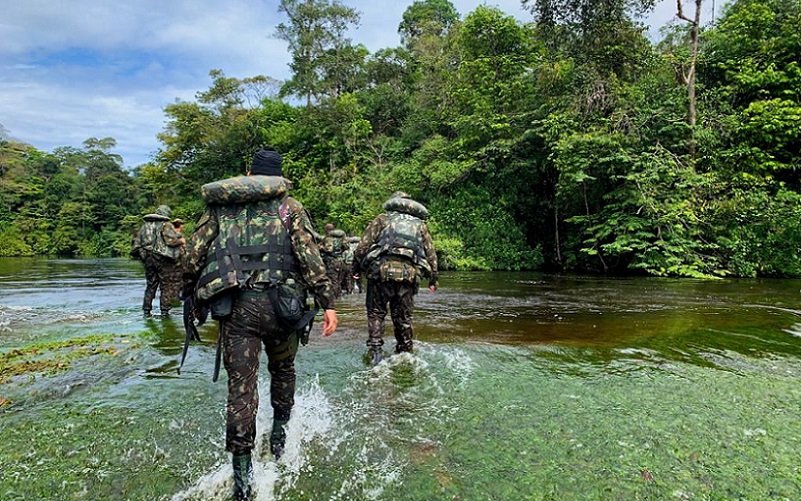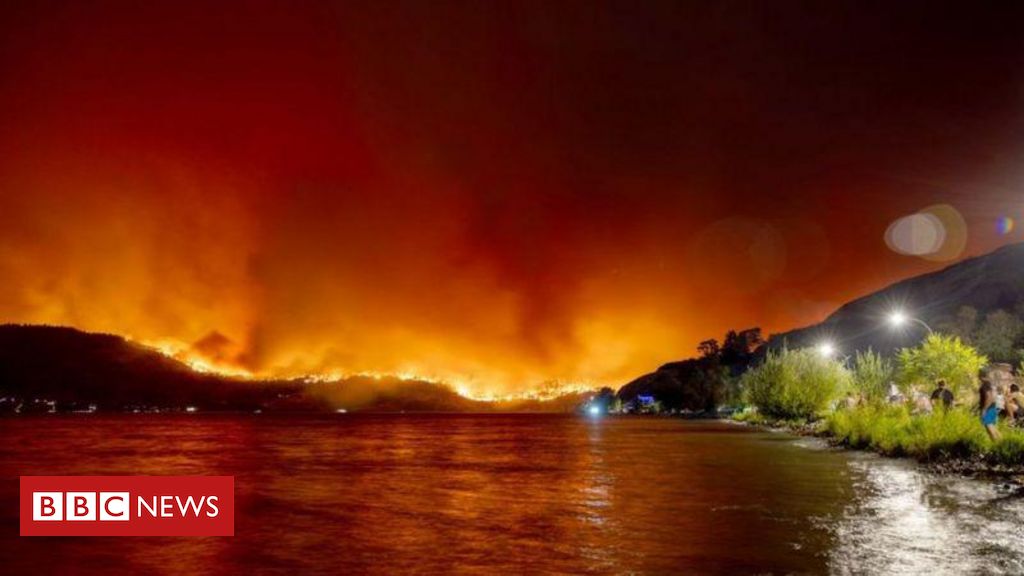Wildfires continue to burn in different regions of the Northern Hemisphere as summer and heatwaves progress. Greece, Spain, the United States (in Hawaii) and Canada are currently countries facing fire emergencies, generating a wave of disappearances, evacuations, injuries and, in some cases , of deceased.
See what the situation is in each of these countries:
In Greece, where fires have affected different regions of the country since the beginning of July, at least 18 bodies were found in Dadia National Park, in northwest Greece, near the border with Turkey. Local authorities estimate that the death toll could reach 26 deaths, suspected of being refugees who entered via the Turkish border.
Indeed, no missing persons have been reported in neighboring towns and villages and the region is traditionally, as reported by the Al Jazeeraknown to be a region of entry for asylum seekers.
Heat, dry weather and strong winds have combined to cause dozens of wildfires across Greece, with the most severe entering its fourth day. “It’s a similar situation to that of July,” said a fire department spokesperson, referring to fires in several regions of the country which left five people dead last month.
The European Commission mobilized 56 firefighters, 10 support vehicles and two planes on Monday (21), according to a press release from the European body. Furthermore, a team of firefighters pre-deployed by France is already in Greece, reports the Express 50.
On the Spanish island of Tenerife, the flames have already affected 14,624 hectares within a perimeter of 88 kilometers in 12 different municipalities, according to El País. More than 12,000 people have already been evacuated because of the fire, which Canary Islands President Fernando Clavijo says was started deliberately.
Authorities say firefighting conditions have improved in recent days. Yesterday the fire calmed down in the Malabrigo area, in the municipality of Güímar (east of the island), where the work of firefighters is concentrated. There is a “light at the end of the tunnel”, said the Minister of Territorial Policy, Territorial Cohesion and Water of the Canary Islands Government, Manoel Miranda.
In Canada, about 27,000 people in British Columbia have been ordered to evacuate, and another 35,000 are on alert to be ready to evacuate at short notice, says the Associated Press. However, with the prospect of better weather in the coming days, the authorities are slightly optimistic.
In the Northwest Territories, a weekend of cooler temperatures, favorable winds and some rain allowed fire crews outside the provincial capital, Yellowknife, to focus their efforts to contain the blaze , after spending days containing him to advance towards the city.
These are just two of the 386 wildfires that officials say are currently burning in Canada, which has seen a record number of wildfires this year. But, at least in southern British Columbia, north of the northwest border of the United States, the situation was beginning to improve.
“I have to say, I’m really starting to feel like we’re turning the tide on this fire, and an important step in that is the lifting of some evacuation orders,” said Jason Brolund, West Kelowna Fire Chief. “I have the impression that we could also change the situation a little in terms of climate. »
In Hawaii, whose island of Maui was devastated by fires at least 10 days ago, the official list of missing people includes more than a thousand names, according to local authorities. To date, 115 deaths have been confirmed in the fire which became the the deadliest of the United States over the past 100 years.
Maui Police Chief John Pelletier said the devastation on the island is so great that authorities cannot guarantee they will be able to find the remains of all the deceased victims. Authorities also asked residents to send DNA samples to help identify victims’ bodies found among the ashes.

“Freelance communicator. Hardcore web practitioner. Entrepreneur. Total student. Beer ninja.”

:strip_icc()/i.s3.glbimg.com/v1/AUTH_7d5b9b5029304d27b7ef8a7f28b4d70f/internal_photos/bs/2023/F/A/4sOUC8TpaZdKRo2MNudg/hawaii-wildfires-hurricane-dora.jpg)





